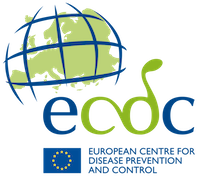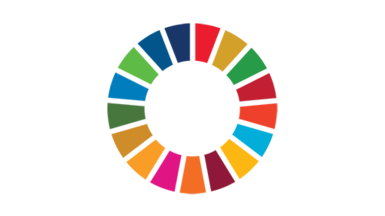Related public health topics
Public health topics
Diseases A-Z
-
A
-
B
-
C
- Campylobacteriosis
- Chickenpox (varicella)
- Chikungunya virus disease
- Chlamydia infection
- Cholera
- Ciguatera fish poisoning (CFP)
- Clostridioides difficile infections
- Congenital rubella
- Congenital syphilis
- Coronavirus
- COVID-19
- Coxsackievirus
- Creutzfeldt-Jakob disease (CJD)
- Crimean-Congo haemorrhagic fever (CCHF)
- Cryptosporidiosis
- Cutaneous warts
-
D
-
E
-
F
-
G
-
H
-
I
-
J
-
L
-
M
-
N
-
P
-
Q
-
R
-
S
-
T
-
V
-
W
-
Y
-
Z
















